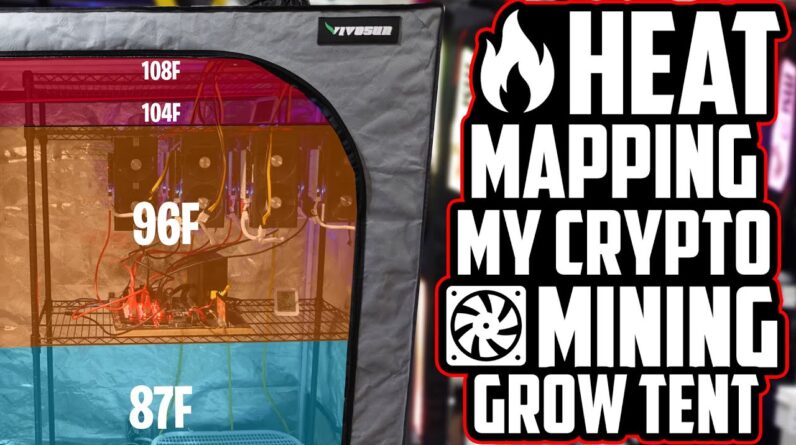
Table of Contents
Welcome to the Intel Immersion Fluid Specification Presentation
Welcome again, and thank you for sticking with us. Peter Cooper and I will be presenting this piece of content on behalf of Intel, as the good people from Intel have not been able to attend here in Prague. The content is essential to the immersion community as well, and we will be sharing the slides prepared by Jessica Goldbrandt, who is actively involved in the incubation committee within the LCP community.
Intel’s Contribution: Immersion Fluid Specification
In December, Intel has contributed the immersion fluid specification, which is fundamental to the industry and the adoption and scaling of immersion cooling. The fluid is central in an immersion deployment, responsible for the protection of the IT equipment. The interoperability of these components is dependent on close coordination between several stakeholders, including CPU and GPU manufacturers, server equipment manufacturers, and component manufacturers.
A Solid Baseline for Collaboration
To enable this collaboration, Intel has defined a solid baseline to which all these manufacturers can test and evaluate their materials and equipment. The fluid specification is the first step of a process to determine what is required by the immersion fluid to meet the IT equipment performance needs of both current and future applications.
The goal of Intel behind this specification is to enable a more extensive ecosystem by aligning on the immersion fluids, ensuring that not only their chips but also the products of other OEMs and stakeholders are fully aligned and working with the same basis.
Utilizing the Collaborative Approach within Open Compute
This alignment is made possible by utilizing the collaborative approach within Open Compute, which enables a strategic approach to facilitate full platform support within immersion cooling. The fluid specification covers in-depth thermal performance criteria and includes important references for signal integrity evaluation and sustainability aspects related to the fluids.
Additionally, it is closely related to another piece of work published in the same period, which is the material compatibility for immersion paper. This paper goes into all the wetted materials within a piece of IT equipment and provides appropriate test and evaluation methods for compatibility with immersion fluids.
Standardized Test Methods and Approaches for Compatibility
With these work products in hand, the industry can start with standardized test methods and approaches for compatibility of materials. These tests and evaluations can be performed by fluid manufacturers, component manufacturers, independent labs, or even immersion solution providers. Any potential incompatibilities or enhancements to a system’s design can be addressed with these test methods and processes, facilitating further thermal performance optimization, and overall reliability testing to achieve fully qualified and warranted products in immersion.
Different Fluid Properties and Challenges
The fluid specification deals with a large variety of fluid properties and has been harmonized with the broader community. One of the main challenges is that many properties can be wildly different for various types of fluid, such as hydrocarbons, esters, or fluorocarbons. The fluid specification quantifies all these values and assigns specific minimum or maximum values to ensure predictable behavior towards IT performance in immersion.
Figures of Merit: Critical Properties of Fluids
By defining figures of merit, Intel aims to capture the combination of fluid properties essential for IT performance in immersion. These figures of merit are based on the particular technologies of immersion, focusing on single-phase fluids with natural convection and forced convection, and two-phase fluids. In addition to thermal properties, dielectric properties are also crucial for fluids, and Intel provides certain dielectric property limits based on input from the community and experimental data.
Accessing and Contributing to the Fluid Specification
You can access the fluid specification by scanning the QR code provided or on the Wikipedia page. The fluid specification is a base specification that provides a basic design outline of what an immersion fluid should meet. It can be applied to a wide variety of fluid types, whether it’s esters, hydrocarbons, or fluorocarbons; single-phase or two-phase is irrelevant.
This fluid specification is a result of extensive work initially done within Intel and later harmonized with the community’s knowledge and experience. A lot of this information has also crossed over to the immersion requirements, leading to a disclosure requirement for additional specific fluid parameters.
We encourage you to join the materials and fluids community and contribute your knowledge and experience to these essential specifications. Thank you for your attention and participation in this critical aspect of the immersion cooling industry.






